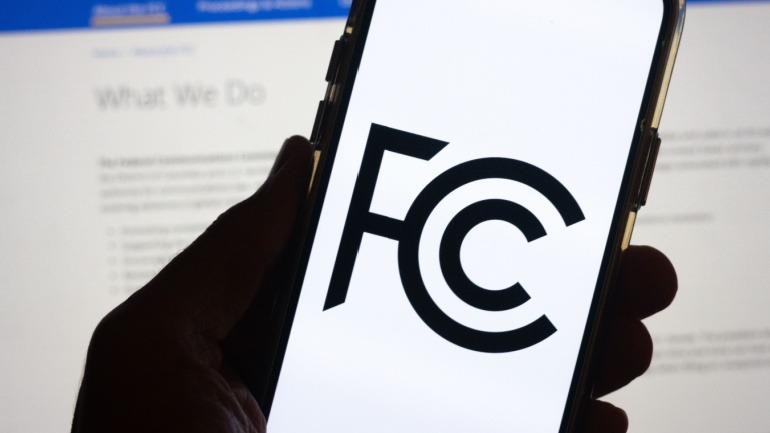The metaverse, a product of today’s Internet, is being welcomed as the next phase of communications, promising superior online experiences in a shared virtual world. Some have dubbed it as the “Internet on steroids,” since instead of merely reading text and viewing videos, individuals would be able to participate in virtual realms thanks to technology like 3D and artificial intelligence.
The metaverse, one of the trendiest tech buzzwords at the moment, promises a future in which the virtual and real worlds are intricately linked. So, what role will telecommunications companies play in this possible future?
What is the metaverse?
The Metaverse – a combination of “meta” (beyond) and “verse” (universe) – sounds like something out of a science fiction novel. And that is actually the case. The term “Metaverse” first appeared in Neal Stephenson’s 1992 cyberpunk novel Snow Crash. However, the science fiction metaverse and the Metaverse envisioned by Facebook (now Meta) are not the same thing. Let’s have a look at both.
The protagonist in Neal Stephenson’s Snow Crash is a hacker who can travel between a dystopian Los Angeles and the ‘Metaverse,’ a virtual environment where avatars communicate. The virtual metaverse in Stephenson novel is a hierarchical society which offers a dangerous escape from a world overrun by corporate mafia. Participants who can afford more expensive VR equipment may immerse themselves more thoroughly in this world, creating lifelike virtual avatars and rare digital artifacts. Those who can only afford to utilize public computers have stigmatized black-and-white avatars and are often ignored.
Meta, on the other hand, envisions a virtual world in which digital avatars interact through VR headsets for work, travel or enjoyment. The Metaverse, in Meta’s concept, is a mixed-reality environment that relies on both virtual and augmented reality to function. The metaverse’s smart branding is designed to conjure up a 3D internet in the spirit of Ready Player One’s OASIS, with hyper-realistic images and experiences available to anyone.
The metaverse, according to optimistic futurists, is a decentralized virtual environment that is neither controlled by any one corporation or reliant on one company’s hardware, and is constructed on open standards so that anyone may access it.
Telecom carriers and the metaverse
Any technological advancement that requires efficient connectivity and communications will attract the attention of telecom carriers. And telcos are already looking ahead to what use cases they will be able to satisfy in the metaverse.
If the metaverse can bridge the gap between physical and virtual places, it may be possible to make remote communication as effective as, if not better than, face-to-face communication. When you consider how important it is for users to feel like they are physically present in the metaverse, the need for high-quality, real-time communications becomes evident. High performance spatial audio, for example, is critical so that a person to your right sounds like they are to your right.
Furthermore, the communications system should be scalable to accomodate a large number of participants. Assume you’re attending the International Telecoms Week summit in the metaverse; it should sound like a traditional summit in the physical world with thousands of people speaking at once, but you can still hear the person next to you.
The Metaverse has the potential to produce a “digital twin” that correlates to most global experiences, but for now, let’s focus on the workplace. The primary product of the metaverse is virtual co-location, meaning that remote working no longer necessitates social isolation from one’s coworkers. This use case provides another compelling application for telecommunications in the metaverse. People might hold meetings in a virtual conference room, sitting around a virtual table that they would ordinarily see in person. Those folks can then participate in the meeting and conduct side discussions while the main chat is muted.
It will be years before we can fully immerse ourselves in a computer-generated environment. But the Metaverse’s principles point to a positive outlook for remote communications.
Conclusion
It will take some time until we have access to really flawless virtual reality, and this advancement will undoubtedly provide many intriguing use cases for telecom providers. Clearly, we can expect virtual reality to disrupt practically every industry on a global scale.
The question must be asked: Will this technology be the post-pandemic manner of bringing people together in a fresh and engaging way?







